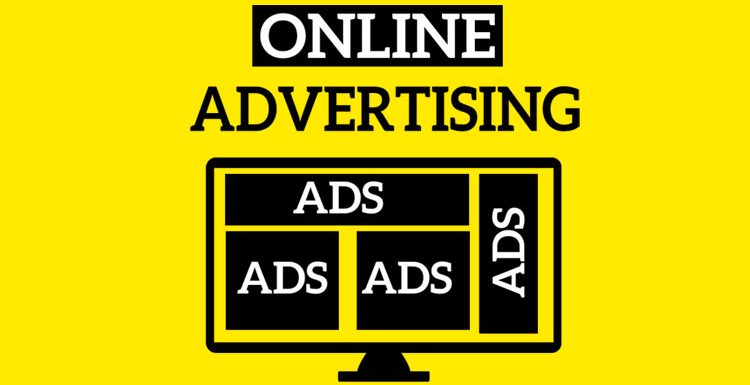
The plow, antibiotics, and the internet.
What do these three things have in common? They are three inventions that revolutionized an industry and changed society.
Every year at some conference, you will hear a speaker ramble on about their newest game-changing technology. In some instances, that speaker might be on to something, maybe their technology can create a significant impact. On the other hand, that speaker could very well be babbling on because they are being paid to.
Even in those rare cases when the speaker is being sincere, the fact is, only a handful of inventions have truly turned our society on its head. And until self-driving cars are the norm, the internet is the most recent example of such an invention.
There’s no question that the internet has changed the course of humanity in ways we’re still discovering to this day, both large and small, and positively and negatively.
Think about music for example. What if you grew up in rural Idaho before the era of the internet, your access to music would have probably been incredibly limited. The only kind of music you knew of would have been what was played on the few local radio stations. It was nearly impossible to develop a niche interest in music, unless maybe you had a cousin from Chicago who sent you tapes.
Today, all you need is YouTube to find and listen to any kind of music you want. Or a Spotify account. Or a Bandcamp. Or a… you get my point.
Advertising is another industry that is experiencing a massive change because of the internet.
At a recent conference, NBC executive Bob Greenblatt spoke about how traditional television advertising is quickly losing much of its effectiveness. He isn’t wrong. Thanks to DVR technology, a large portion of viewers simply skip television ads. And plenty of people wait to watch their favorite shows on Netflix… a platform completely barren of television advertising.
So how has advertising changed since the advent of the internet? Let’s explore some of the ways.
Personalization
Back in the days when there were only a handful of channels, television ads were seen by mostly everyone. That doesn’t mean that all ads were necessarily meant to have broad appeal though. Some brands would want to target moms, while others would want to target dads, but either way they were largely viewed by everyone. And the level of targeting didn’t get much deeper than general characteristics.
Today? Ads are personal. Incredibly personal, sometimes.
Thanks to advanced data tracking through online searches and social media activity, marketers have unprecedented access to a treasure trove of information they can use. And they definitely use it.
Because advertising has become far more personalized, advertising has become much more descriptive in recent years. Back in the era when ads reached a broader audience, the message tied to that would be more simplistic and general so that even the uninformed consumers could potentially grasp onto something.
In the era of personalized advertising, marketers know that they are reaching out to people who have previously expressed at least a minimal amount of interest in what they are selling. As a result, ads tend to be a bit more thorough and specific in these instances.
Native Advertising
Technically, the rise of native advertising could have happened in the era when print media still reigned supreme. However, it’s likely that the internet revolution helped to spur it along.
Native advertising is the practice of slipping in branded content amongst all other content. Branded content is informational content that may appear like a normal news article, but is in fact sponsored. Huffington Post is a champion of this. See if you can find the native ad:
Three of the four stories in the image above have author bylines. The other one says “sponsored”… twice.
Admittedly, that was a fairly obvious example for definitional purposes. Many native ads aren’t so easy to detect by design. In fact, in a December 2015 study, only 17% of consumers could correctly identify a native advertisement as an advertisement – and that was the high mark.
By law, native ads have to be labeled appropriately. But even when adhering strictly to those laws, a native ad can be disguised fairly well.
Consequently, the line between editorial content and branded content has been significantly blurred. This is a welcome revolution for marketers, because now they can advertise in a forum where their audience doesn’t even realize they are being advertised to. As Americans–and people around the world, for that matter–get increasingly cynical about traditional marketing, expect native advertising to continue its ever-increasing trajectory.
Pay-Per-Click
Even the practice of buying advertising has been transformed. Prior to the internet, advertising was purchased by size. If you wanted to advertise on television, you purchased a certain segment size, usually 15 or 30 seconds. Advertising in magazines would be sold by the amount of pages or column inches.
In the digital space, ads are sold by impressions and/or clicks. Rather than the amount of space or time the ad occupies, digital ads are commonly priced by the number of people who see the ad.
Take pay-per-click, for example. Pay-per-click ads make up the majority of Google’s revenue, and most people don’t even know when they are seeing pay-per-click ads. Not unlike native advertising, PPC ads are designed to correspond with user intent (what the user searched for).
Since it’s the new yeay, let’s say someone is looking for new year offers 2018.


